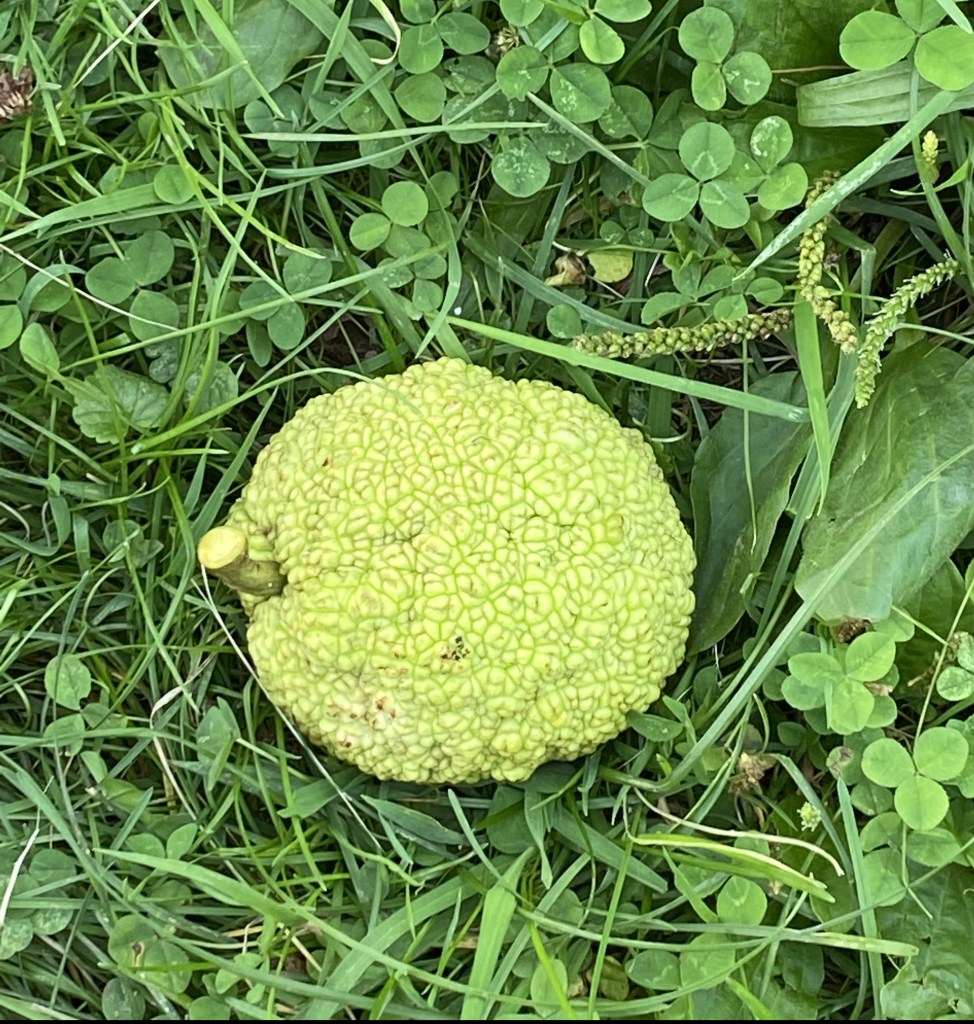In the grand tapestry of existence, small elements often bear significance that belies their diminutive stature. This exploration delves into various categories encapsulated by the term “some small,” illuminating an array of contexts and implications that resonate across disciplines. From the microscopic wonders of nature to the subtle nuances of human interaction, every facet of “smallness” warrants examination.
1. Microorganisms: The Inhabitants of Our Planet
One of the most profound representations of smallness can be found within the realm of microbiology. Microorganisms, including bacteria, archaea, fungi, and protozoa, exemplify nature’s ingenuity. These microscopic entities play pivotal roles in ecosystems, even though they are not visible to the naked eye. For instance, the symbiotic relationships they forge, such as those between legumes and nitrogen-fixing bacteria, are essential for soil fertility and agricultural sustainability. The presence of certain microorganisms in human biomes contributes to health, digestion, and immunological functioning, illuminating the intricate balance maintained by these microscopic life forms.
2. Nanotechnology: Engineering at the Atomic Level
In the sphere of technological advancement, nanotechnology emerges as a frontier defined by the manipulation of matter on an atomic and molecular scale. With dimensions ranging from 1 to 100 nanometers, nanoscale materials exhibit unique physical and chemical properties. This field catalyzes innovations in diverse sectors, including medicine, electronics, and energy. For example, nanoparticle-based drug delivery systems can target specific cells with remarkable precision, revolutionizing cancer therapy and minimizing adverse effects. Moreover, the incorporation of nanomaterials in solar cells enhances their efficiency, reflecting the transformative potential inherent to the small scale.
3. Small Animals: Ecological Significance
Turning to the zoological kingdom, small animals—such as rodents, insects, and amphibians—play crucial roles in ecological networks. These creatures often serve as keystone species, maintaining the structural integrity of their ecosystems. The decline of small animal populations can lead to cascading effects, revealing the interconnectedness of biodiversity. Pollinators, such as bees and butterflies, are indispensable for the propagation of flowering plants, thereby directly influencing agricultural productivity. Further, the presence of small mammals can assist in seed dispersion, promoting plant reproduction and forest regeneration.
4. Small Scale Agriculture: Sustainable Practices
In the context of food production, small-scale agriculture presents a sustainable alternative to industrial farming. Through practices such as permaculture and agroecology, small farms are adept at maximizing land use while prioritizing environmental health. These cultivation methods emphasize biodiversity, soil health, and ecosystem services, ultimately promoting resilience against climate change. Such approaches not only provide local food sources but also foster community engagement and enhance food sovereignty. Therefore, the humble small farm becomes a vital player in fostering sustainable practices and counteracting the adverse effects of globalization in agri-food systems.
5. The Power of Small Actions: Leading Social Change
On a sociocultural level, small actions can precipitate profound societal transformations. History is replete with instances in which individuals or small groups have instigated significant changes through grassroots movements. The cumulative effect of seemingly insignificant actions—boycotts, petitions, and community organizing—can galvanize public support, influence policy, and reshape societal norms. The Civil Rights Movement in the United States, characterized by the collective efforts of individuals who committed small acts of defiance, illuminates the potential embedded within small-scale initiatives to effect substantial change.
6. Small Ideas: The Foundation of Innovation
In the realm of creativity and innovation, small ideas often serve as the catalyst for groundbreaking advancements. The iterative process of refining a preliminary concept can lead to innovative breakthroughs across diverse fields, including technology, art, and science. The proverbial “small spark” can give rise to revolutionary thoughts, suggesting that even the most modest idea holds the potential for substantial impact. Furthermore, interdisciplinary collaboration often births new perspectives, illustrating how amalgamation of small insights fosters a fertile ground for innovative solutions.
7. Psychological and Emotional Aspects of Small Interactions
From a psychological perspective, small interactions—the fleeting exchanges between individuals—can significantly influence human behavior and emotional well-being. These subtle nuances of communication, such as a smile, a nod, or a kind word, often wield greater power than is immediately apparent. Research in social psychology emphasizes the importance of these small gestures in fostering social bonds and enhancing one’s sense of belonging. Such interactions not only promote positive emotions but also contribute to building resilient communities that thrive on interpersonal connections.
8. The Aesthetics of Smallness: Art and Design
In the domains of art and design, smallness can evoke profound aesthetic appreciation. Miniatures, whether in sculpture or architecture, capture intricate details and provoke contemplative reflection. Artists often utilize small canvases to emphasize precision and intimacy, creating a space in which viewers engage with the work on a personal level. Moreover, design principles that favor minimalism often celebrate simplicity and functionality, highlighting the beauty inherent in small forms and spaces.
In conclusion, the concept of “some small” encapsulates a diverse spectrum of significance across various domains, resonating throughout the microscopic world, technological advancements, environmental ecology, sociocultural dynamics, and the arts. From microorganisms that sustain life to small actions that instigate social movements, each dimension underscores an essential interconnectedness fundamental to understanding the larger complexities of existence. The exploration of smallness not only invites reflection on what it means to be small but also emphasizes the critical roles that these elements play in shaping our world.












